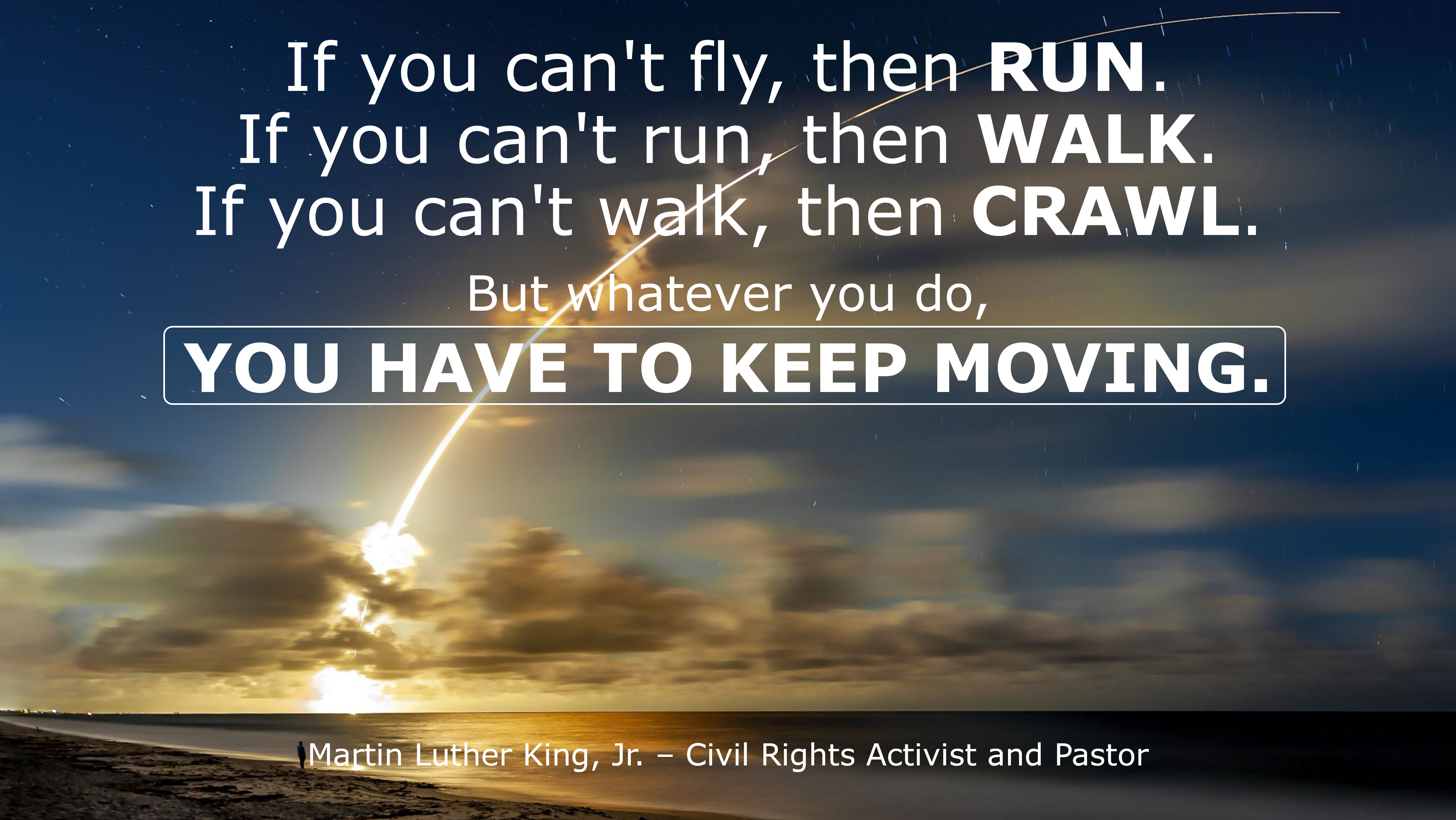How are we feeling? Or are we feeling?
My questions above are slightly deeper than the typical: “I am fine” or “I feel okay” from our System 1, auto-pilot response. Rather, I am asking: Are we allowing ourselves to feel our feelings? Beyond that, do we understand how we are feeling? Do we know where did our current approach to feelings come from?
In my past three-years of emotion-evolution journey, I learned that our skills and habits on emotions were nurtured since young, with a large part of our emotions’ blueprint, both visible and less visible elements, come from those we raised us. For some of us, we have the blueprints that we are grateful for and hence would like to keep building upon them as the legacy for the next generations to inherit so they continue to thrive. For others, including myself, we have the blueprints that have gotten us this far but unfortunately no longer serve how we want and wish to live our tomorrow, and therefore exploring new ways to approach our emotions become essential whether we like it or not.
Either way, I also learned that each of us developed our emotional skills and habits through our own unique paths, with every emotional experience interpreted, remembered, and applied in our unique ways that no other people can repeat in the exact same patterns during those exact moments. This realization led me to understand that from the moment we were born, whether it’s going to be an action or an inaction, we have been making CHOICEs as our very own emotions’ blueprint got shaped up over the years.
For me, I chose to act and replace the emotions’ blueprint I inherited from my upbringing with a new one. I made this conscious CHOICE with the intention to leverage my emotions as my “tools” to flourish. Three-years in, I am grateful that I took my first move and many more thereafter which I have not looked back since. What continues from here is my story and my own emotion-evolution journey over the past three-years that I hope will inspire you to consider how you plan to leverage your emotions’ blueprint to live a meaningful life.
The Emotions’ Blueprint that I Inherited
Growing up as third generation Chinese in Malaysia, I was a lucky and an unlucky child.
I was lucky because of the abundant resources made available to me thanks to my parents. I had the opportunity to study abroad in England, and got the latest mobile phones whilst at school before I even knew how expensive phone bills got settled…
At the same time, I was unlucky because deep inside me, I had little room to feel, to learn how to recognize and describe the emotions I was going through. Rather, largely by observing how my parents raised me and my three other siblings, I grew up learning subconsciously the following:
- Nobody cares how I feel.
- It is a shame to talk about emotions.
- Emotion is not a skill. This fixed trait has little flexibility for change and improvement.
In large attributed to the upbringing I went through, for many years, whilst I still felt, I did not know how to deal with my own feelings, and therefore from time to time my actions and reactions to my feelings made things worse, that not only left me hurt for longer, but I also believed that others’ feelings got hurt as a result.
Fast forward to today as a mother to my two beautiful children, I found that I was stuck about three-years ago when I was cuddling my six-months’ old daughter during her afternoon nap at home. My serendipity called upon me in a question: “What would be the best gift I can offer to my children throughout their growth whilst I am still around on Earth?”.
Instinctively, this answer came to my mind: “I want to equip them with the skills and emotional agility to discover and pursue their passion whilst being open to learn with a belief that their potential is limitless.”
Unfortunately, as much as I loved the answer, I did not know what or how to provide this gift to my children. Inside me was empty!
Hit RESET of My Emotions’ Blueprint
To present this gift for my children, I realized I first must prepare me, especially on the emotional part that I was particularly weak at. I committed myself to question and more importantly, to change the status quo on the “unlucky” upbringing that I experienced as a child. This journey has taken me three years to learn and practice what I did not have when growing up.
This is what I did:
- I leaned into books to start learning about the mind, feelings, emotions. These included: Mindset (Carol Dweck); The Awakened Family (Shefali Tsabary); Rising Strong (Brené Brown); Grit (Angela Duckworth); Start with Why (Simon Sinek); Mind to Matter (Dawson Church); and more recently Emotional Agility (Susan David) and Permission to Feel (Marc Brackett) – The insights from these books gave me the WHAT and WHY the mind, feelings, emotions are so important to us as human beings.
- I realized that to truly transform who I am on the outside, I need to first change who I am on the inside. With people treat us based on how they see us treating ourselves, I understood that:
- For others to trust me, I need to first trust myself.
- For others to love me, I need to first love myself.
- For others to have confidence in me, I need to first have self-esteem from within that I am capable, I am worthy, and I am enough.
- But I was still stuck, as I did not have enough in me on the HOW to transform me. Thus, I embarked on the journey to reach out to the well-known psychologists, therapists for their materials from Viktor Frankl to Edith Eger, to Carl Rogers, to my therapist teacher, Marisa Peer. In searching the HOW, I learned and mastered the power of loop of thoughts, habits, and beliefs.
- Step by step, part by part, I turned inward to look at my thoughts, habits, and beliefs. It was like fixing an antique car where:
- I would check out which part of me feels good and which parts do not.
- For those parts that I feel good about myself, I would keep and refine them.
- For those parts that I felt were holding me back, I would make a choice to either repair or replace them with something better.
ME Three Years Later
As a result of my permission to let me feel and more importantly, through my daily practice and learning, something remarkable happened! That is:
- My old beliefs were replaced with new beliefs that are benefiting my growth.
- My curiosity increased on feelings! I transitioned to become a “feeling machine that thinks”.
- I learned to enjoy being still just to feel.
- I learned to let go of judgement about myself. Overtime this led me to become more compassionate with myself.
As a result, I now feel:
- Free from my “unlucky” part of upbringing. In many parts it was like releasing myself from my own “prison”.
- More present, vulnerable, courageous, and empathetic as an individual, a parent, and a leader.
- Deeply connected with my inner self.
- Enough, worthy, and belonged wherever I am – an experience that always reminds me of Maya Angelou’s quote:
“You only are free when you realize you belong no place — you belong every place — no place at all. The price is high. The reward is great.”
Maya Angelou
The Bigger Message
Allowing us to feel is our birthright. It is available to all of us regardless of our age, gender, social status, etc. Emotion is a big part of our existence – it is what makes us human.
By giving ourselves permission to feel, we are essentially opening us up to enter a journey to self-discover who we truly are. With practice, we will experience that this journey is the “birthplace” of our authenticity. We will feel vulnerable because this is exactly what emotions and feelings are all about. At the same time, we will cultivate powerful courage, empathy, and bravery to let us as well as our children, family, friends, and colleagues to SEE us. When we are truly seen, we become.
In the fast-moving world today with majority of us have not yet learned how to recognize, understand, label, express, and regulate our feelings; I believe there is a call to action to start NOW. Simply because, possessing necessary emotion skills has direct contributions to improving decision making, social relations, health, as well as our creativity, effectiveness, and performance.
YES – the first emotions’ blueprint that we develop is “given” to us since young. But it does not have to stay the same if it no longer serves us. The good news is that, our emotions’ blueprint is adaptable with time and conscious efforts to do something with it. Whether it’s an action or an inaction, the CHOICE is on us to make.
To achieve big goals, get good grades, and thrive in our families, societies, organizations, economies – we must use our emotions as though they are tools to enable us to build a better tomorrow. Which, to my own experience to-date that I am grateful for, they are extremely powerful tools. It is important that we learn and practice how to use them wisely to benefit our growth as we continue to evolve. It starts with us having the emotions’ blueprint that we need to enable us.

This journey is worth taking. It’s a wild ride that we should keep riding on it – exactly like how Martin Luther King’s Life’s Blueprint speech remind us of.


